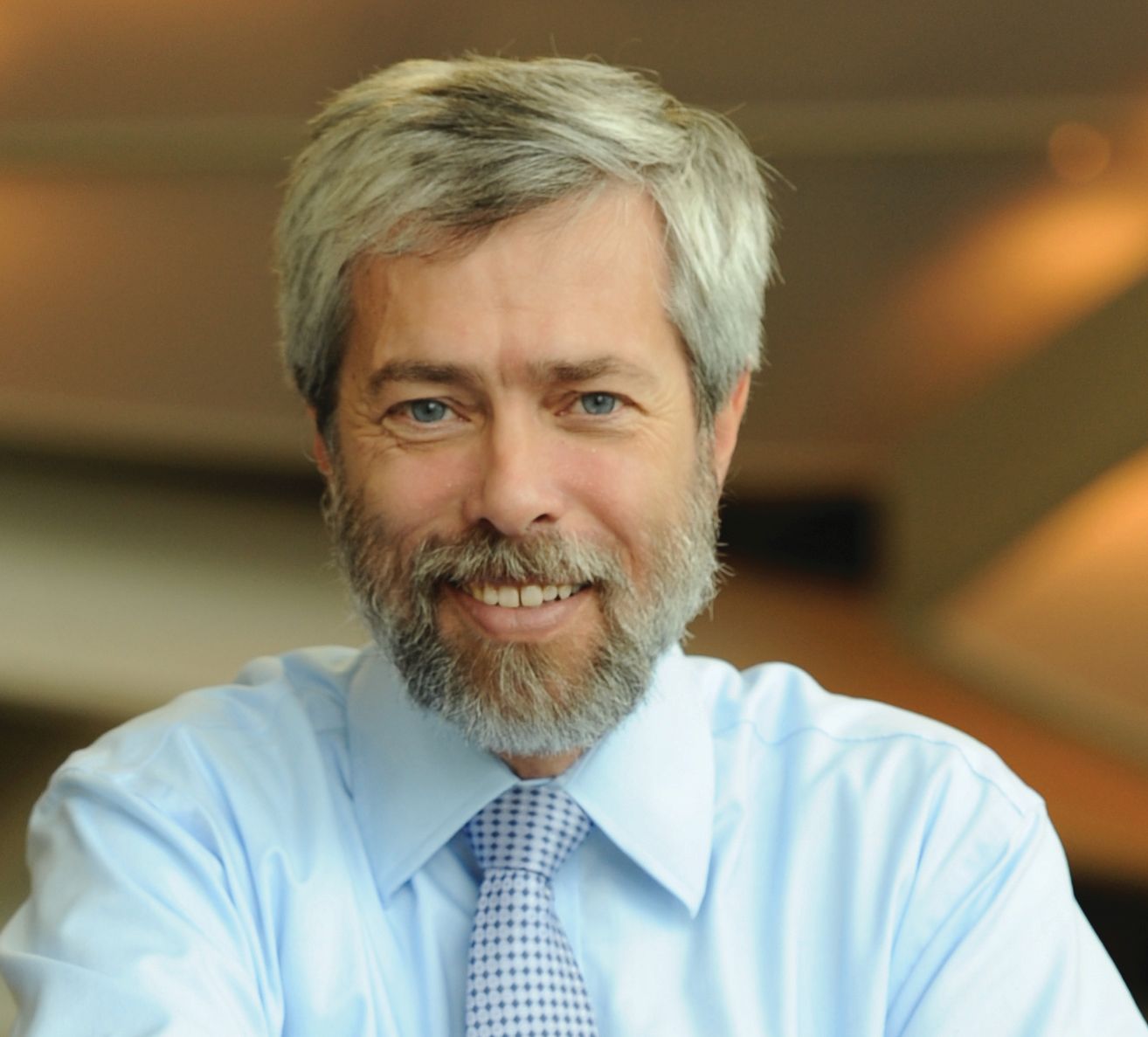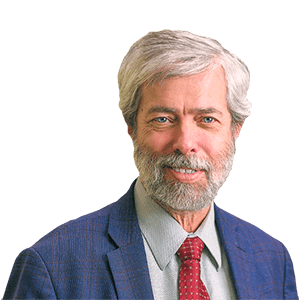Here and Now: Part 1
When we give leadership to organizations – non-profit agencies or churches or businesses – we always need to ask: at this time and in this place, what needs to happen? What needs to be said and what needs to be done? And, of course, the genius is to get it right both in terms of what is not said and not done and, of course, what is said and is done.. We do not say all that could be said; we do not do all that potentially could be done. Rather, at this time and in this place, we do and say no more and no less than needs to be said and done.
Sometimes this is all very practical: we know need to need to submit a budget in a timely fashion for approval by the board; we have an agenda that needs to be finalized for review. We need to confirm the appointment of a new hire. We have a sermon or talk that needs to be finalized. All perhaps straightforward. But here to consider three variables that inevitably impact our capacity to act in the here and now.
First, of course, is a surprise: something arises that demands that we act. For many of us, the pandemic changed everything. We all think back to those three days – March 31,14 and 15 of 2020 – when we all had to pivot. We needed to act quickly and with confidence and do what needed to be done and say what needed to be said within our organizations But even over time, it is clear that we are responding to a new normal: and now, as the pandemic is still with us, in this time and in this place, what do we need to do and say? And this is not about “if theoretically we were in this situation” . . . rather, this is our situation and we need to respond to this situation.
Second, the genius of getting this right is, in part, that we get beyond wishful thinking. There is nothing gained by any repetition of the line: “if only . . . “. Sure, rage against the circumstance – go outside and scream for five minutes. Fine. But, it is what it is. So this is our reality; our present; our here and now. I inherited an institution that was heavy in debt. I could wish it otherwise; I could prefer to be the president of a university that was not in debt. But, I am; and nothing is gained by a constant “if only.” Now, we get on with it and do what needs to be done. You can do the same within your own situation: what is the case rather than what I wish was the case.
And third, and perhaps in some respects the most complicated or ambiguous of what we mean by “the here and now.” At this point it is helpful to think in terms of what we might appropriately speak of as “principled pragmatism.” We always bring two perspectives to every action that needs to be taken: (1) our circumstances and with those circumstances the limits of what can happen; and, (2) our vision of what should happen – our ideals, our hopes and aspirations, our principles.
We have a conviction about what this organization should be like and what it should be doing and what should be happening. And we live with this vision or ideal as a constant in our minds. We would not be in leadership if this were not the case: that as individuals of deep felt conviction and principle, we have a vision for what it means to be the church, as a pastor, or to be a university if we are in leadership within such an organization, or in politics, if we are seeking to foster legislation that leads to good and fruitful outcomes. But, we also live with and work with significant limitations: financial, political and circumstantial.
In our personal lives, we do this all the time: we think, “this is what an ideal house would look like for us,” and, “yes, but, this is what we can afford and this house is close to . . .work/school/etc.”. The same is essential in our workplace: to not lose our vision to what needs to be happen – the ideal we keep in mind: but we are not purists or idealists or mere dreamers. We know how to live and work within the limitations of our actual circumstances.
But also this, we know how to foster what has aptly be called “gradual incrementalism” – meaning that we work not so much for revolution but that through incremental steps, moving in the right direction [our long-term vision]. We do today what needs to be done today to move us to where we need to be.
John Lewis, the recently deceased US congressman from Georgia, understood this. There were the dramatic moments of his life, such as when L.B.Johnson signed into law the civil rights act. But, that came after so many incremental moves that led up to that moment and as Lewis knew so well, that was only one step in making his country and his society a just place. He knew how to work with those with whom he differed to take one step at a time knowing that he would likely die – as indeed it is the case – before he saw his dream reach fulfillment. But, he died knowing that the trajectory was moving in the right direction.
So we ask: here and now, within our organizations, to what do we need to be attending? What needs to be done just because it needs to be done? And more, in what ways and in specific in what incremental steps, can we with principled pragmatism move our organizations one step at a time in the direction we need to be going.
 Gordon T. Smith
Gordon T. Smith